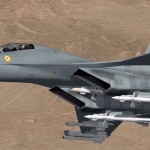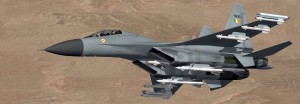A $3 Billion opportunity for Indian SMEs and Defence MSMEs has been created by Defence Procurement Policy 2013 and the Make In India Campaign. Numerous offsets in the three wings of the armed forces are expected to be executed in the next five years.
According to defence MSMEs, the two key initiatives have opened up an estimated Rs. 90,000 crore business opportunity, identified as the offset opportunity for defence players in public sector undertakings (DPSUs) and also for the MSME sector over the coming five-year period. It is reported that prospective business worth Rs.72,000 crores has emerged from IAF (Indian Air Force), with the Indian Navy presenting another Rs.13,500 crore possibility. The prospect from the Indian Army would be around Rs.4500 crore. In the last few years the total value of defence offsets contracted in the last few years is valued around Rs.28,800 crore. The Indian Air Force has signed contracts worth approximately Rs.21,600 crore, the Indian Navy worth Rs.5,064 crore and the Indian Army Rs.144 crore.The MSME sector could expect business worth of Rs.18,000 crores, which would be 20 percent of the Defence sector’s overall projection.
The most promsing area that should encourage SMEs in the defence segment is the indigenous manufacture of parts and
sub-assemblies to replace obsolete original equipment (the MRO sector). It includes the design, development and manufacture of complete equipment as a replacements. Serious efforts have to be made to attract SMEs into this obsolescence management sector. In turn, SMEs should rise to this occasion by raising their standards of quality and reliability of parts and assemblies that are manufactured by them, as supplies to larger players. Large organisations can then outsource in parallel to multiple efficiently managed MSME organizations.
This kind of involvement will certainly reduce the cost and the time of execution of projects, which are chronically plagued by delays today.




